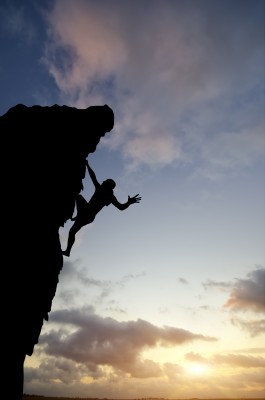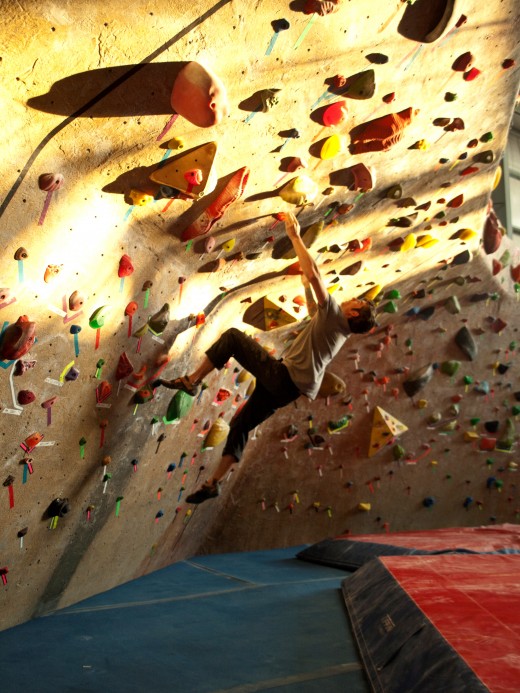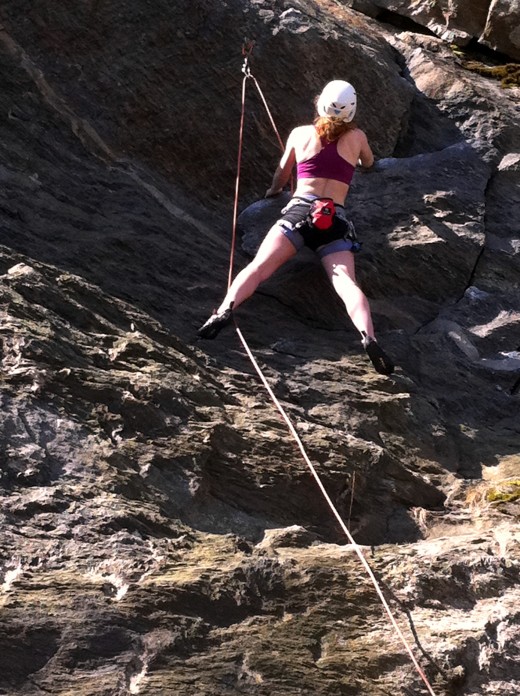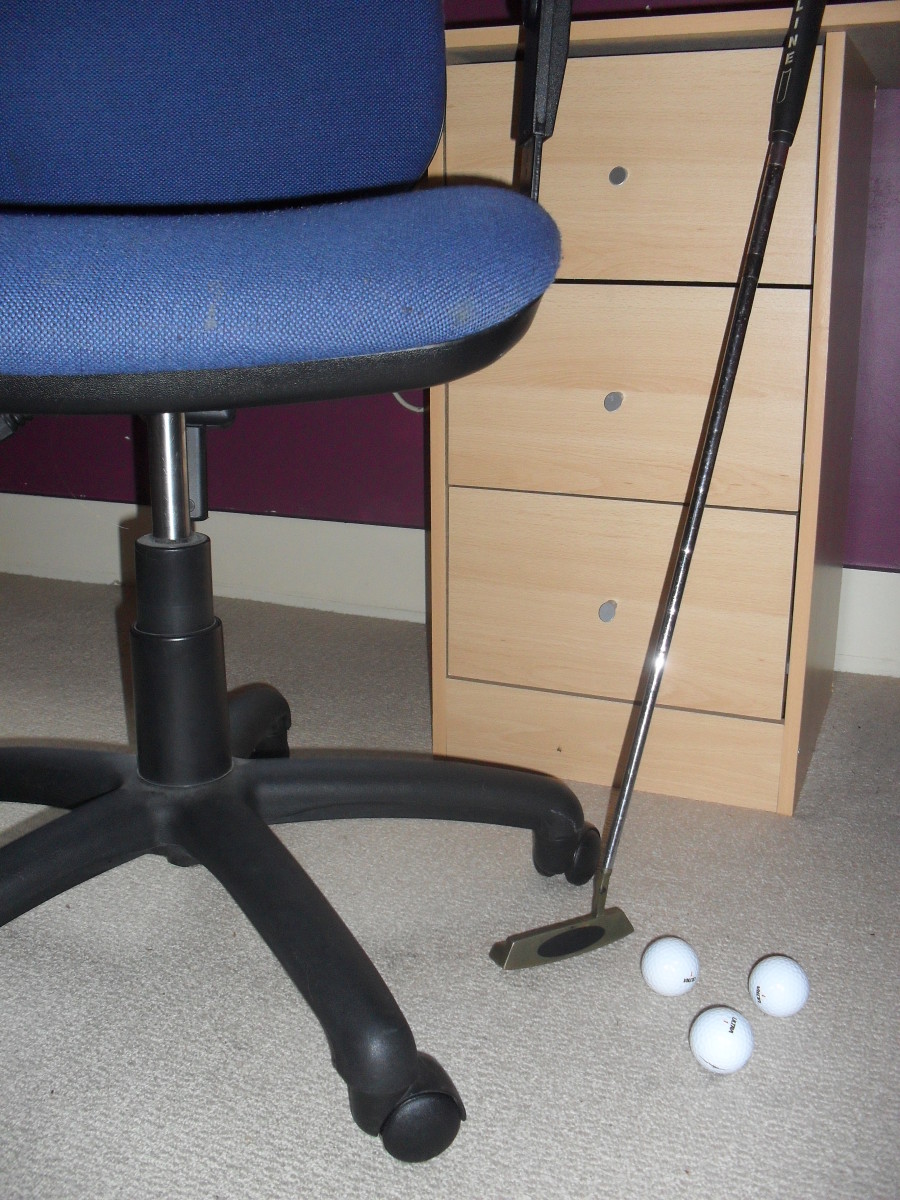The Addictive Sport of Rock Climbing: Types of Rock Climbing

When I Tell Them I'm a Rock Climber
“I’m a rock climber…”
“No way! You’re crazy. I could never do that.”
It seems that everyone has seen the 60 Minutes special on Alex Honnold, a big wall free soloist from Cali, and this is inevitably what comes to peoples’ minds first when I tell them I’m a rock climber. As they describe every detail of the show and tell me how crazy he is and how they could never ever do that, I try to get a few words in and explain to them exactly what I do when I go out on a climb, and that it is, all factors considered, relatively safe. I also have an enormous amount of respect for Alex Honnold and his style of climbing, and although I don’t think that he is “crazy,” I would never be a free soloist myself.
In the past few years, indoor rock climbing gyms have prospered and proliferated, a testament to how popular the sport has become in the U.S. If you are looking to try climbing yourself, or to simply know a little more about it, keep reading and I’ll outline for you some of the styles of climbing. A beginner climber would start by bouldering or top-roping and might move on to sport climbing and/or traditional climbing. Only the very few and very dedicated decide to free solo like Alex Honnold.
There are two main types of rock climbing: aid climbing and free climbing (not to be confused with free soloing). Aid climbing relies on equipment in order to move up along the route, whereas free climbing depends solely on the strength and body position of the climber to move upward, and employs only the natural features of the rock for support. In free climbing, equipment is only used as protection in the event that the climber falls. The following are descriptions of the most popular styles of free climbing.
Bouldering
“Bouldering” is kind of how it sounds; it is when one climbs a boulder or a boulder sized wall. A bouldering wall, which can be found at almost any indoor rock climbing gym, is usually only about 10’-15’. Since the climber is not going very high, she will carefully place a mat or crash pad below the problem and climb without any ropes or equipment. Boulder problems usually require a quick burst of strength, unlike the sustained stamina needed for other types of free climbing. For safety, boulderers should always use a crash pad and ask someone to be a spotter in case of a fall.

Top-Roping
“Top-Roping” requires the rope to be through an anchor at the top of the climb, which may be 40’, often higher. No one should attempt to top-rope without an experienced climber and the proper equipment. This style requires a two-person team: a belayer and a climber, and both are attached to the same rope at the front of their harness. The belayer stays on the ground and pulls one end of the rope through her belay device as the climber moves up along the wall. As long as the belayer pulls all excess rope through the belay device, the climber will only fall the short distance that the rope stretches if the climber happens to come off the wall.

Sport Climbing
Sport climbing is also known as lead climbing. When sport climbing, the belayer and the climber are attached to the same rope, just as when top-roping. However, the rope is not through any anchor point above the climber. Instead, the climber will pull the rope up along with her as she climbs and slide the rope through clips already permanently fixed along the route. Clips can be 3’-8’ apart, and if the climber falls, she will fall below the last clip she made about the distance she was above the clip. Instead of taking up slack in the rope as in top-roping, the lead-belayer gives rope to the climber as she climbs upward.
Traditional Climbing
Traditional, or trad climbing, is almost the same as sport climbing, except that the climber places her own protection along the route. Once she places a piece of gear, she can then clip her rope into the piece. Common trad climbing gear includes cams which can be constricted so that they expand within a crevice in the rock, and passive protection such a nut which slides into a slot in the rock. Each piece of gear is attached to a loop on the climber’s harness, creating a significant amount of extra weight. Gear is expensive, so a “cleaner” must follow the first climber by climbing the same route and removing the equipment as she goes.
Free Soloing
Free soloing is what Alex Honnold is famous for. There are few second chances at free soloing—because free soloists use no ropes or protective gear. There is simply the climber and the rock. I believe that free soloing encompasses the essence of all free climbing: complete control over mind and body, and the ability to exercise this control in the most dangerous, but beautiful, places.




